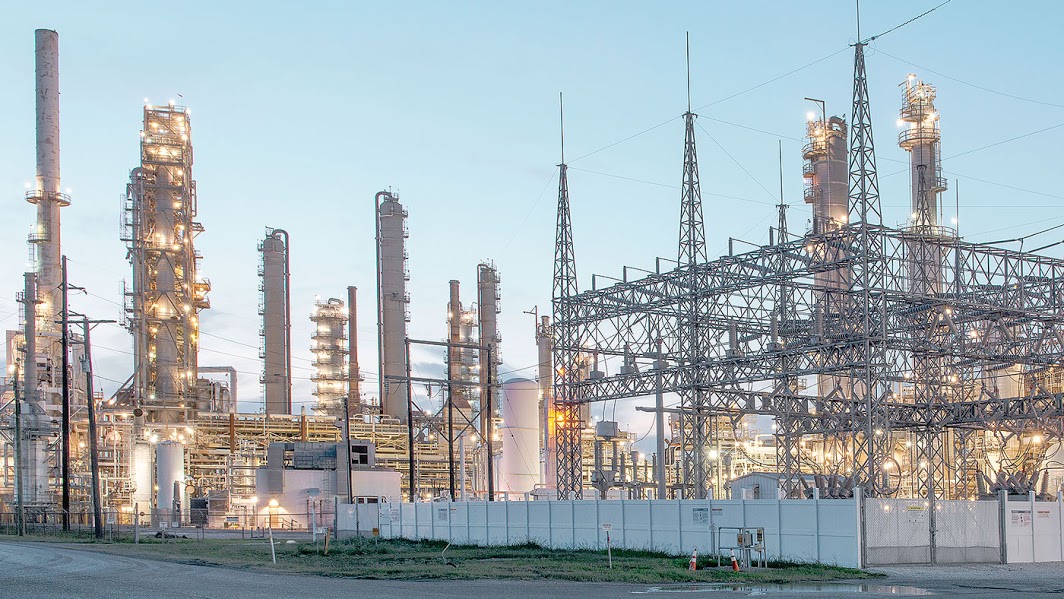Distributed ledger technologies can streamline the operational efficiency of companies and utilities in the energy sector, resulting in improved customer service and reduced costs. Blockchain can also facilitate the creation of more efficient energy commodity trading markets, including applications for climate finance. Finally, the emerging technology can accelerate the development of smart grids by enabling the integration of IoT devices and the deployment of P2P energy trading and resource-sharing networks.
See how SettleMint allowed Elia to securely keep its grid balance.
Enterprise Blockchain for a Sustainable Future

Blockchain use-cases in the energy sector
Decentralization of the electrical grid
Inadequate legacy data management tools used for monitoring and conducting the distribution, sale, and consumption of electricity represent a barrier to innovation in electric grid services. For example, while technological advances have made small-scale local renewable energy generation increasingly feasible, the connections of these new energy sources to conventional infrastructure are high friction and suboptimal in terms of their functionality. This means that, within a given grid, it is difficult to develop an efficient marketplace for electricity where, for instance, consumers can make granular decisions about when to draw from the grid and when to contribute to it based on fluctuating supply and demand (with corresponding price changes) throughout the day and over time. The net result of the inadequate legacy data management is wasted energy and unnecessarily high costs.
Further, legacy data management systems for electricity grids are poorly positioned to handle the exponentially increasing volume of IoT connected electricity consuming (and producing) devices. This too hamstrings the development of a more resilient, efficient, and sustainable smart grid where connected nodes react dynamically to each other based on supply and demand changes over time.
Blockchain technologies offer improved data management tools that support the decentralization of electrical grid services, thereby accelerating innovation. Agreements for the buying and selling of electricity can be safely recorded in an immutable distributed ledger, providing all stakeholders with the needed level of transparency to trust the authenticity of transactions, which can be made, confirmed, and verified in real time. While all users have a single point of access, the ledger itself is distributed across multiple nodes, thereby providing the above features, as well as improved resiliency. Further, the application of smart contracts to transaction agreements can automate the buying and selling process, eliminating the need for costly intermediaries. Use cases empowered by a blockchain-supported decentralized grid thus include:
P2P electricity distribution
In many regions, electricity retailers take their place between conventional power companies and end-users by providing billing and metering usage services. For these services, end-users in some markets pay premiums as high as 40% on top of real costs. Smart meters connected to a blockchain-supported decentralized network provide the needed transparency, immutability, and automation to enable end-users to buy energy directly from the grid, rather than going through intermediaries.
Integrating Distributed Electricity Generation (DER)
Conventional power generation utilizes large-scale facilities such as coal-fired, hydro, gas, and nuclear-powered plants. Electricity generated at these facilities is typically transmitted over long distances, at significant cost, and with limited flexibility.
DER systems, by contrast, consist of small-scale facilities such as solar and wind farms, and are located close to the load they serve. Technological advances have made DER increasingly feasible with, for example, solar panel installation growing at double-digit rates in many regions. Using legacy data management tools, however, it is difficult to price, distribute, and integrate DER into both local micro-grids and wider regional grids. Where conventional grids lack the flexibility to adjust output and accommodate DER input, much of the aggregate power generated ultimately goes to waste.
Blockchain-supported electrical grid management accelerates the integration of DER by providing an interoperable platform for secure, transparent, immutable, and automated transactions. The result is a more resilient overall grid, higher potential for usage of renewable energy sources, and ultimately lower costs for consumers.
Dynamic resource sharing
Secure distributed ledgers enable the proliferation of shared energy resources like electric vehicle charging infrastructure and local energy storage banks. For example, participants can contribute to the energy stored in the shared infrastructure through solar panels or other electricity generation sources they have connected to it. Participants can earn credit or micro-payments for doing so, with the rate per kilowatt-hour determined in real time by supply and demand. Later, when participants draw from the resources, they make micropayments, again determined dynamically by supply and demand.
Next generation smart grids
The smart grid vision states that IoT connected devices will be able to coordinate and react to electricity grid signals by adjusting their power consumption. For example, devices that are flexible in terms of when they need to draw power (like battery chargers and water pumps) can be set to operate only when electricity demand (price) is low. Legacy centralized electricity grid management systems struggle to facilitate the integration of both IoT devices and DER, but blockchain support systems empower such integration, paving the way for next generation smart grids.

Improved operations for energy companies
Conventional energy companies can benefit from the improved data management capabilities enabled by blockchain technologies. Use cases include:
Streamlined auditing and regulatory compliance
The immutable records and transparent processes brought by distributed ledgers can significantly improve auditing and regulatory compliance for energy companies.
Improved security and customer identity management
In an increasingly connected, data-centric environment, all businesses struggle with the management of sensitive information. Decentralized ledgers employ public-private key cryptography that supports granular read/write access controls to permissioned participants. This safeguards customer privacy, data confidentiality, and identity management.
Advanced automated billing
Combining data from smart meters with smart contracts built on decentralized blockchain infrastructure empowers energy companies to offer more efficient and secure automated billing services for consumers. The transparency and interoperability offered by a decentralized ledger is particularly important as more and more end-users become energy producers themselves by installing, for example, solar panels. Further, the increased flexibility of a blockchain supported payments system enables energy companies to more easily offer pre-paid solutions, micro-payments, and pay-as-you-go.
Improved sales and marketing
The improved data management offered by blockchain technologies enables energy companies to offer more granular sales and marketing. With visibility into end users’ energy profile and individual preferences related to, for example, environmental concerns, energy companies can offer individually tailored energy products.
Next generation energy commodities trading and supply
Wholesale gas and energy markets require coordination between a wide range of participants including brokers, exchanges, logistics providers, banks, and regulators. Legacy data management tools make coordination between these participants slow and expensive. In some markets, current procedures require manual post-processing. In other markets, stakeholders have developed centralized proprietary trading systems that, due to high costs, effectively lock out smaller participants.
Commodity trading systems built on decentralized ledgers provide the needed security, immutability, and real-time view of pricing and transaction status to replace expensive propriety systems and enable a wider variety of market participants. Smart contracts can enable automation of processes like KYC and payment upon receipt, further improving market efficiency.
Climate finance
Carbon credit and renewable energy certificate markets face political, structural, and process barriers that cannot be overcome using legacy data management and governance systems. The result is an inefficient market where participants are unable to adequately quantify carbon risks. This has the consequence of preventing the market from effectively responding to growing climate risks, thereby increasing such risks.
A decentralized trading and governance platform supported by blockchain technologies enables the efficient pricing, trading, and management of carbon credits, low carbon investments, and renewable energy certificates globally. With a robust and transparent governance framework, international and local political barriers can be overcome. An immutable, transparent, and verifiable ledger meanwhile provides market participants with the needed level of trust to transact. Together, these features enable carbon performance to drive the cost of capital, a requirement if climate risk is to be priced into investments. Further, the tokenization of low-carbon financial instruments can increase accessibility for investors, further driving the uptake of climate-sustainable investments.


